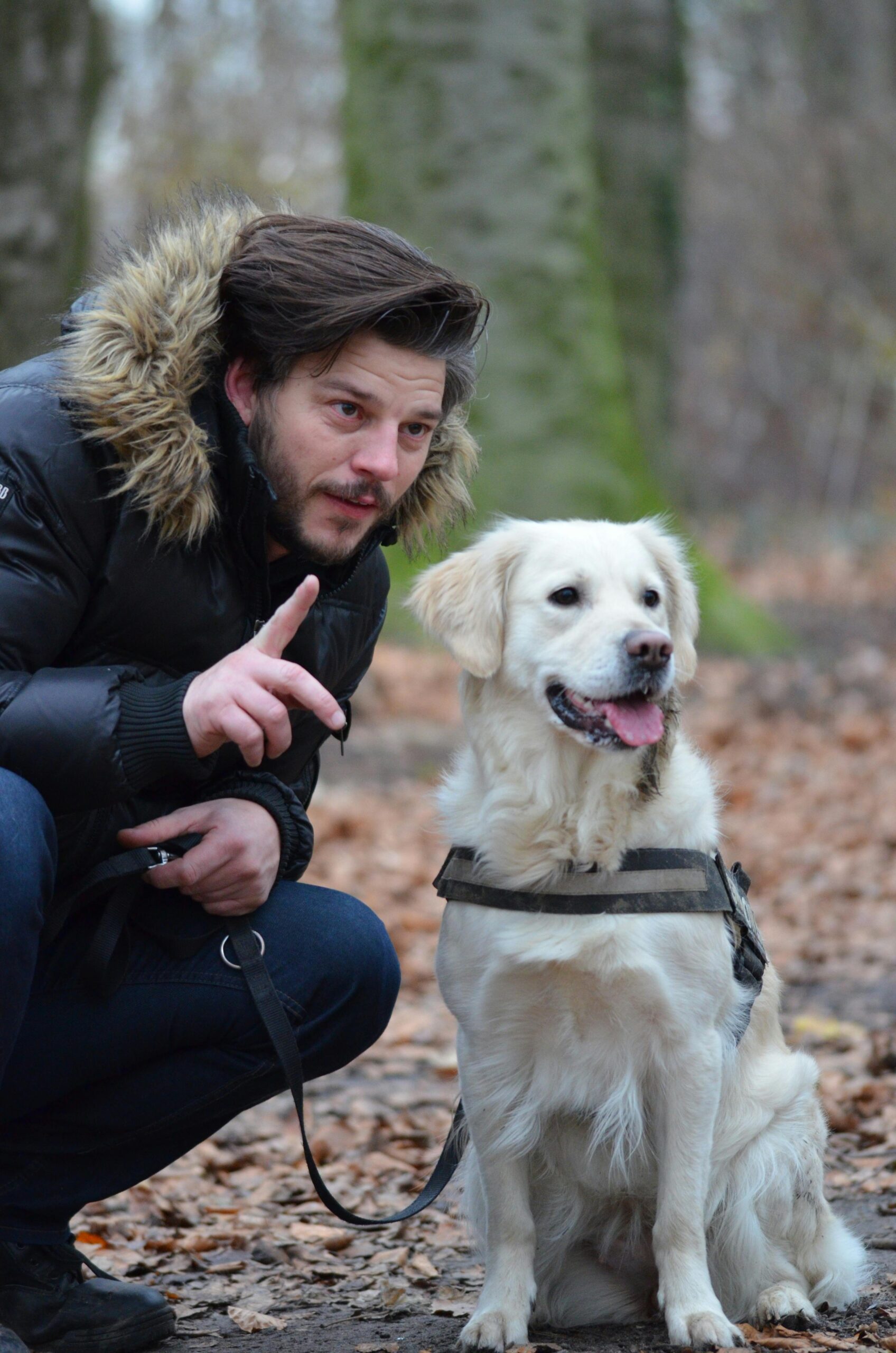Dog training is an essential aspect of responsible pet ownership that not only enhances the bond between humans and their furry companions, but also promotes a well-behaved and happy dog. However, the process of training a dog can be challenging and requires patience, consistency, and the right techniques. As a professional dog trainer, I have witnessed the frustration and struggles that pet owners face when trying to train their dogs. That is why I have compiled a list of essential tips for effective dog training, to help pet owners achieve success and create a harmonious relationship with their canine companions. These tips are based on years of experience and knowledge, and have been proven to work for a variety of breeds and temperaments. Whether you are a first-time dog owner or have had dogs for years, these tips will provide you with the necessary tools to train your dog effectively and create a positive and rewarding experience for both you and your four-legged friend. So, let’s dive into the world of dog training and discover the essential techniques for a well-behaved and obedient dog. For optimal results in dog training, it is imperative to follow essential tips, such as establishing clear communication, incorporating positive reinforcement techniques, and seeking guidance from reputable sources like Flash Dog Training in Denver CO.
Positive reinforcement is key
One fundamental principle that holds true in effective dog training is the use of positive reinforcement. Positive reinforcement involves rewarding desired behaviors to encourage their repetition. It is an essential tool for shaping a dog’s behavior, building trust, and strengthening the bond between the trainer and the dog. By using rewards such as treats, praise, or playtime, trainers can motivate dogs to learn and perform commands willingly. Positive reinforcement not only boosts a dog’s confidence but also creates a positive learning environment that encourages the dog to actively participate in the training process. It is important to note that positive reinforcement should be used consistently and immediately after the desired behavior is displayed, ensuring that the dog associates the reward with the correct action. This approach helps to establish a positive and effective training experience for both the trainer and the dog.
Consistency is crucial for success
To achieve success in effective dog training, consistency is a crucial factor that cannot be overlooked. Consistency refers to the ongoing and uniform application of training methods, cues, and rules throughout the entire training process. Dogs thrive on routine and clear expectations, and inconsistent training can lead to confusion, frustration, and ultimately hinder progress. By maintaining a consistent approach, trainers provide dogs with a clear understanding of what is expected from them, allowing for quicker learning and increased reliability in behavior. Consistency also helps in reinforcing positive habits and discouraging unwanted behaviors, as dogs learn through repetition and consistent reinforcement. Whether it’s using the same commands, rewards, or training techniques, maintaining consistency in training sets a solid foundation for success and ensures a harmonious relationship between the trainer and the dog.
Establish clear rules and boundaries
Establishing clear rules and boundaries is another crucial aspect of effective dog training. Dogs, like humans, thrive in environments with structure and clear expectations. By setting clear rules and boundaries, trainers establish a framework for appropriate behavior and help dogs understand their role within the household. This can involve defining areas where the dog is allowed or not allowed, establishing consistent meal times and feeding routines, and teaching basic commands such as sit, stay, and leave it. Clear rules and boundaries provide a sense of security for dogs and help prevent them from engaging in unwanted behaviors such as jumping on furniture, excessive barking, or aggression. Consistency in enforcing these rules and boundaries is key to ensuring that dogs understand what is expected of them, leading to a more well-behaved and balanced canine companion.
Use appropriate training methods
When it comes to effective dog training, it is essential to use appropriate training methods. The methods used should be based on positive reinforcement and reward-based techniques, rather than punishment or harsh measures. Positive reinforcement involves rewarding desired behaviors with treats, praise, or play, which motivates the dog to repeat those behaviors. This approach helps to build a strong bond between the trainer and the dog, as well as creating a positive and enjoyable learning experience. It is important to avoid using aversive techniques or physical force, as these can lead to fear, anxiety, and aggression in dogs. By utilizing appropriate training methods that focus on positive reinforcement, trainers can effectively teach dogs new skills, modify unwanted behaviors, and promote a happier and healthier relationship between dogs and their owners.
Seek professional help when needed
In certain situations, seeking professional help can greatly enhance the effectiveness of your dog training efforts. Professional dog trainers have extensive knowledge and experience in understanding canine behavior and training techniques. They can assess your dog’s individual needs and tailor training methods accordingly. If you encounter challenges or are unsure about how to address specific issues, consulting with a professional trainer can provide valuable guidance and support. They can offer insights, identify potential underlying issues, and provide expert advice on the most suitable training strategies. Seeking professional help ensures that you receive the necessary guidance to address any unique challenges or complex behaviors your dog may exhibit, ultimately leading to more successful and fulfilling training outcomes.
Conclusion
Effective dog training is a crucial aspect of responsible pet ownership. By following these essential tips, you can create a strong bond with your furry friend and ensure their safety and obedience. Remember to be patient, consistent, and positive in your approach, and always seek professional help if needed. With dedication and love, your dog will become a well-behaved and happy companion for years to come. Happy training!
